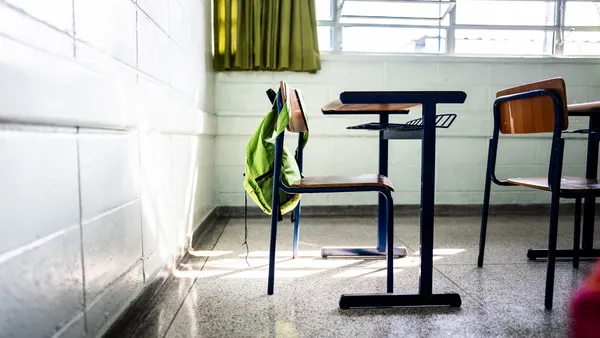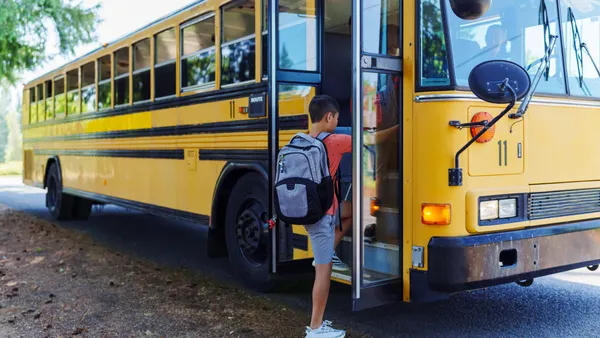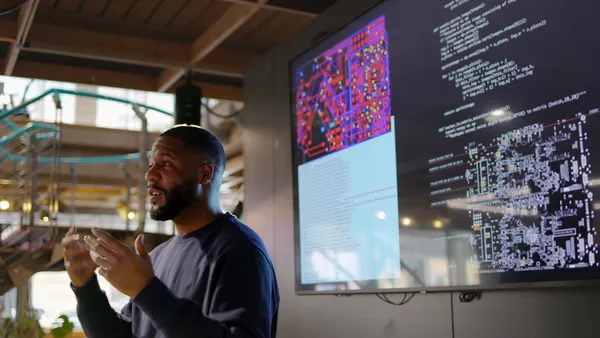Dive Brief:
-
Young children, on average, are receiving early intervention services at a younger age than when they receive a formal autism diagnosis, indicating the nation may be doing a better job at providing early supports than diagnoses, according to an inaugural annual report by Autism Speaks, an advocacy organization. In the U.S., the average age of intervention is 4.7 years, and the average age of diagnosis is 5 years old.
-
There is, however, a need for improved screening tools to identify underdiagnosed groups, the report said. Girls, for example, are diagnosed at 5.6 years old on average, the report said.
-
A March report from the Centers for Disease Control and Prevention found 1 in 36 children who were age 8 in 2020 to have autism spectrum disorder. That included 4% of boys and 1% of girls.
Dive Insight:
The Autism Speaks report was released alongside a new interactive dashboard — created by Autism Speaks and Drexel University's National Autism Data Center — that provides state-level data on autism-centered policies and outcomes. The organizers said they hope the dashboard makes this information, which is publicly available on different federal and state-level databases and reports, more accessible to the public.
"We hope that this information that already exists but is inaccessible to members of our community can be mobilized and used by families to help them make important decisions," said Andy Shih, chief science officer for Autism Speaks.
The report emphasizes the research behind the importance of early intervention services. Autism, it said, can be reliably diagnosed by age 2 even though the average age of diagnosis is 5. When looking at state-level data, the average age of interventions ranged from 3.7 (Delaware and Kentucky) to 7.2 (West Virginia).
The report called for more research to better understand why some states are able to more effectively screen and provide early interventions.
The report also shows that nearly three-fourths of students with autism who receive special education services graduate high school with a regular diploma. Shih called these statistics encouraging.
"We're seeing so many of our young people with special needs are really getting the kind of support they need to be successful in high school," he said.
Still, the data shows nearly 20% of students with autism leave high school with a certificate, and 8% drop out. The autism dropout average is higher than that for the overall student population, Shih said. According to the National Center for Education Statistics, the national overall dropout rate in 2020 was 5.3%. Autism's higher-than-average dropout rate calls for further investigation, he said.
Shih said Autism Speaks plans to develop additional outcomes indicators and add to the dashboard — and will monitor trends. That's going to be important for the autism community, as well as for policymakers who want to see if initiatives are having the intended effects, he said.







 Dive Awards
Dive Awards





